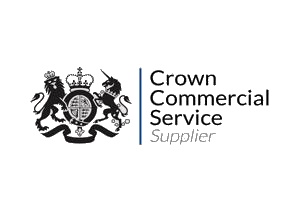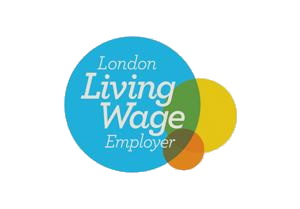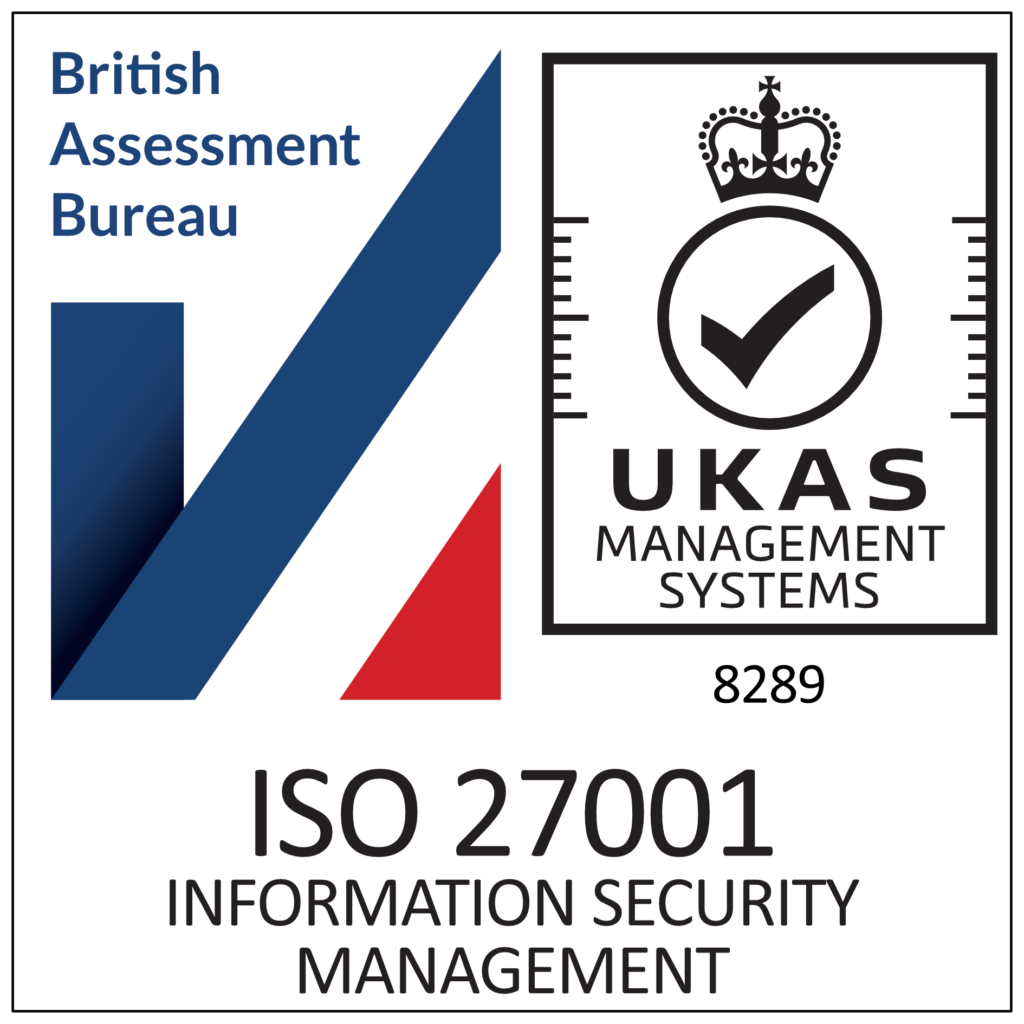Blogs
Why Facebook advertising should be part of your local campaigning
Over the past few years, I am sure many of us have sat in association meetings and been told at least once that we don’t need traditional literature anymore and “everything can be done via social media”. In truth, all forms of media provide a way of communicating with the electorate and all have value if used sensibly at the right time. Social media is no different. So, what is the best way to use it?
I am a great believer in multi-channel communication strategies which mean that you get your message to the voters one way or another. But I want to focus on one of the tools that we at the College Green Group regularly use for clients who want to expand their reach into a target audience on a specific topic. Facebook Ads.
A Facebook Ad looks like any other post that appears in your timeline, apart from a disclaimer. But only specific, defined audiences see the adverts that you create. This is where it can be very effective in driving engagement either in a targeted geographic location, or with a specific demographic, or both.
There are a few steps you need to make before running a successful and effective advertising campaign.
In response to various concerns raised about how ‘political’ ads could be hidden, Facebook now requires anybody running political ads to verify their identity and the ads themselves have a specific disclaimer on them. So if you want to run political ads you need to go through the following steps.
First, identify the person or persons who are going to be the ‘admins’ on your campaigns and get them to verify their ID, then set up a Facebook Business account. After that, you need to create the Page that you want to run the ads from. This could be a ward or constituency specific page or be about a specific issue you are campaigning on.
Keep this ‘unpublished’ until you have populated the Page with posts and pictures, so it does not look sparse when you do, and set up your contact details. Do consider having a separate email account for the Page so you are clear that it is Page engagement that is driving those contacts. We always recommend groups have two or three authorised people per page to ensure that there is always someone available to set up and run a campaign or edit and amend as needed. Facebook’s political authorisations do expire so please make sure everyone checks they are registered at www.facebook.com/id.
In the Business account, you add the Page and you are ready to go. If you are running a local election across multiple wards, you can set up Pages for each ward or division and add each separately. This allows the campaign to be controlled in terms of timing and content across all wards. For example, if you have a specific event in a specific ward that you want to push, you can schedule a campaign just for that ward, but when Postal Ballots are about to land, you might want to run the same ad everywhere.
Creating the actual adverts is also something that needs preparation. Text and images, possibly video, all need to be prepared in advance. But the key things to remember are; who do you want to talk to – and what do you want them to do?
Take, for example, a campaign to build a petition against an unpopular decision by the local Council. You should ask yourself, who will be affected by the decision? Can you define a clear geographic area that will be affected by town name, postcodes, or even by dropping a pin on a map? Then, is there a particular demographic or interest group that might be affected?
Taking an example close to my own experience. Let’s say a Council wants to allocate a site for development which is currently the local authority sports centre. You can choose geography of, say, two miles around the centre, and add demographics like swimmers, gym users, and badminton players. If the pool has a popular toddlers’ swim session, add parents and grandparents too. You can also exclude demographics and locations.
As you build the audience, you can see the total number of Facebook users that will potentially be targeted. This is important because it affects the cost, but it is also a good reality check. If you’re targeting a million users for a ward campaign, you’ve probably got something wrong in the set-up!
The next question is what do you want those people to do. With a petition, that’s quite easy. You want to get them to click on a link to go to the petition page and sign it. But you can also run a more general campaign to get people to go to your Page and like it, building capacity for future engagement, or sign up for email newsletters via your website. Craft your message carefully so your ‘call to action’ is clear.
Always have images, preferably more than one, set up as a ‘carousel’, so repeat insertions show with a different image. Even better use video (with subtitles) as it is proven that posts with videos get more opens than those with just static images or those with no images at all.
Finally, you can set the ads to run at specific times, or let Facebook decide the best times, and choose the start and end dates. Set the budget, check the box that confirms it is a political ad and you’re ready to go. Get somebody to test it and double-check you’ve ticked the special ads box. College Green Group will always recommend three people look at every advertisement before it goes up!
All advertisements of a political nature are displayed in the Facebook advertisement library. This means anyone can see any political advert run by anyone. For example, you can see all the advertisements the Conservative Party is currently running here.
College Green Group top tip: You should check the advertisements library regularly to see whether your opponents are using Facebook ads, just as you make sure you get copies of their leaflets when they deliver them.
You then submit it to Facebook, which approves it before it runs. If it doesn’t get approved, there is often a small technical flaw in the setup. You can usually sort that out quite quickly, or contact them to resolve the issue.
As your ad runs, you can check it in real-time to see the results in terms of engagement. Cross-check that with your petition page and you should see ‘conversion’. If you’re not getting that, you should pause the ad and recheck everything, especially links. When you restart it, make sure the set-up has remained as before. A good starting budget is usually £500 to £1,000 and you will usually see an immediate impact on getting members, donors and Voter Intentions.
College Green Group top tip for this is to make it interesting – people love to watch a video, take a quiz or survey, but make it snappy, so the whole thing can be done in no longer than 90 seconds, because our attention span is incredibly short.
Hopefully, this will help you capture lots of data, email addresses and phone numbers – in a fully GDPR compliant way – and help you to campaign more effectively in the elections themselves next Spring.
This blog originally appeared on Conservative Home.

John Moss is a Councillor in Waltham Forest and has held a variety of senior roles in the voluntary party for over twenty years. The College Green Group team also includes people who have been senior volunteers, candidates and campaign managers for multiple elections. Our approach is to work alongside you to equip and enable you to maximise your ability to be successful in both the assessment process and at every other step along your journey to Westminster.



